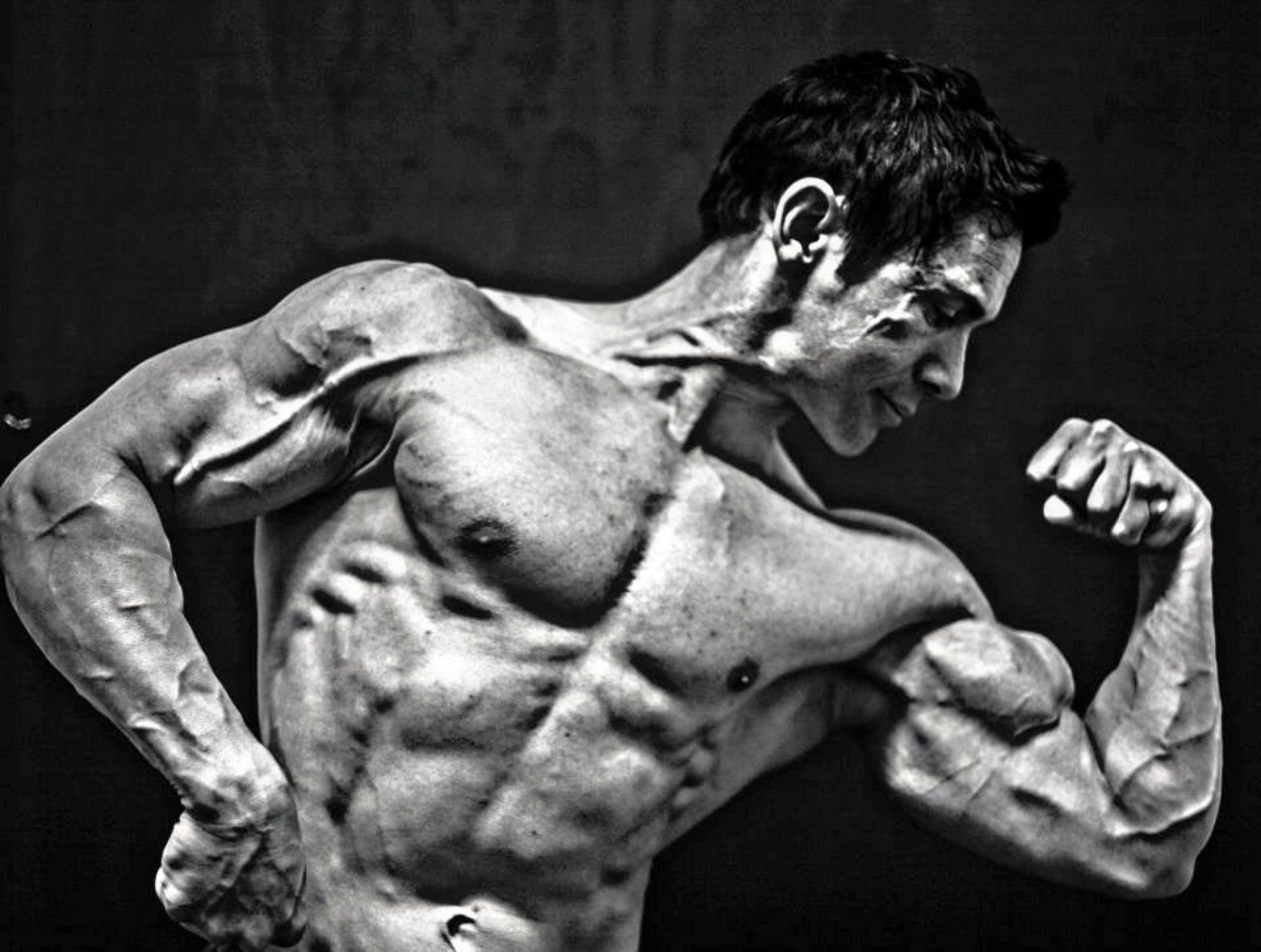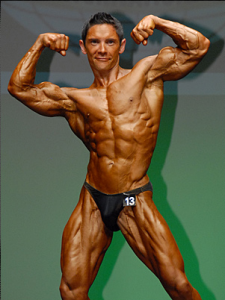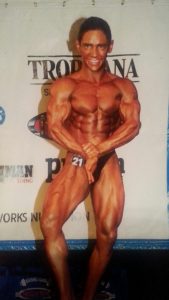A lot of women shy away from weight training because they think they will get excessive muscle mass and start looking like men. This myth is often perpetuated by the media sensationalising women’s and men’s bodybuilding and focussing in on the drugs. The thing is the vast majority of people (both men and women) who go to the gym and lift weights do not take drugs or have excessive muscle mass; and in the case of women who train naturally there is no chance you will ever look like men. Why? There are several reasons:
- Women produce far less testosterone (the primary hormone that helps men build muscle) than men and as a result they can’t develop excessive muscle mass.
- Women do not try and consume excessive quantities of food which is needed to gain lots of extra muscle. Let’s face it- it is hard enough for men to put on a lot of muscle while overeating at the best of times.
- Weight training will not bulk up or shorten the appearance of your muscles- in fact it can be used to lengthen and shape your muscles to make your body look more feminine.
So why does weight training work for women? I personally think weight training is by far the fastest and best way to stay healthy, lose weight, change your body shape and maintain it. Here’s why:
Just like other forms of exercise- weight training boosts your metabolism during your work out. However, when you train with weights you cause small micro tears in the muscle which requires your body to use more energy to repair it long after your training session has ended.
Also the small amount of muscle you develop means you will have more active tissue- one study showed that the average woman who does weights two to three times per week over a two month period could gain around a kilo of muscle and lose almost two kilos of fat. More active tissue means more calories burnt per day (around 80-100 calories a day). Consider that if you maintained your normal eating and maintained that extra one kilo of muscle that would translate to burning an extra 36500 calories in a year which is equal to almost five kilos of fat!
You will gain strength (as much as 30 to 50 percent) without excessive muscle mass and this can be useful in everyday jobs. Also strengthening your postural muscles with weights can make you look taller, feel better and avoid injuries like lower back pain.
Instead of gaining excessive muscle mass a gain of one or two kilos of muscle will make you look more toned and defined. You can even build muscle in the right places so that your proportions look more pleasing to the eye. In fact all of the women you see on infomercials selling the latest fitness gizmos primarily lift weights to look the way they do! Believe it!
It keeps your bones stronger by increasing bone density which can be a great preventative against osteoporosis. It can also strengthen joints and their stability.
If you are involved in any physical activity weight training can make you a better athlete physically and mentally with the added benefit of making your body more resistant to getting injuries.
It can reduce health problems like diabetes and heart disease.
Weight training has a positive effect on your mood; in fact a Harvard study showed that only ten weeks of weight training was more successful at reducing the symptoms of depression than standard counselling.
Weight training is one of the greatest ways to stay young! Imagine being in your sixties and being just as strong as when you were thirty or forty years old. Your quality of life will be so much better and the best thing about weight training is you can start at any age and the benefits are the same whether you are twenty or sixty. Also the progress you see motivates you to want to eat more healthy, use healthy supplements and avoid habits that are detrimental to your gains. This alone can keep you looking and feeling younger.
So ladies, if you want the best way to improve your well-being, lose weight and change your body shape, give weight training a go and be amazed at how well it works for you!


